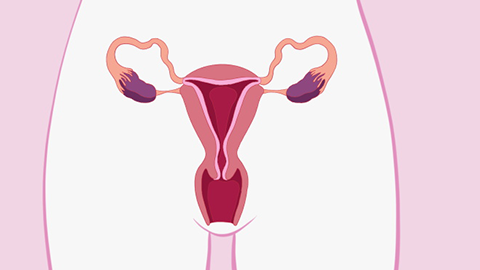How to differentiate between benign and malignant cystic adnexal masses
To differentiate between benign and malignant adnexal cysts, a comprehensive evaluation is required based on ultrasound features, growth rate, symptom presentation, tumor markers, age, and other factors. A single indicator cannot provide a definitive diagnosis; therefore, multidimensional assessment is essential to improve diagnostic accuracy. The detailed analysis is as follows:

1. Ultrasound features: Benign cysts typically have clear boundaries, regular shapes, smooth cyst walls, and mostly show anechoic or uniformly echogenic interiors, with some exhibiting even septations. Malignant cysts often present with blurred margins, irregular morphology, thickened and rough cyst walls, heterogeneous internal echoes, and may contain solid components or papillary projections.
2. Growth rate: Benign cysts grow slowly, usually showing little change in size over several months, and some physiological cysts may even shrink or resolve spontaneously. Malignant cysts tend to grow rapidly, with significant enlargement in a short period and possible signs of spread or metastasis, warranting high clinical suspicion.
3. Symptom presentation: Benign cysts are often asymptomatic unless they become large enough to compress surrounding tissues, causing discomfort such as abdominal bloating or pain. Malignant cysts may be asymptomatic in early stages; as the disease progresses, persistent abdominal pain, bloating, weight loss, and abnormal vaginal bleeding may occur.
4. Tumor markers: In patients with benign cysts, tumor markers are typically within normal ranges or only mildly elevated. In contrast, those with malignant cysts often show significantly elevated levels of relevant tumor markers, which can serve as important adjunctive evidence for diagnosis, though confirmation requires integration with other test results.
5. Age factor: Benign cysts are more common in women of reproductive age, especially those aged 20–40, and are sometimes associated with endocrine disorders. Malignant cysts are more frequently seen in postmenopausal women, although younger women can also be affected—when they are, careful evaluation is crucial to avoid missed or incorrect diagnoses.
After detection of an adnexal cyst, regular follow-up examinations should be conducted as advised by a physician to dynamically monitor changes in the cyst. Maintaining a regular lifestyle, avoiding excessive fatigue, and reducing intake of spicy and stimulating foods are recommended in daily life.




